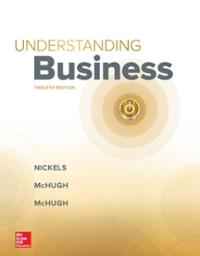Question
Over the course of a year, visitors to an attraction are sampled at a rate of 1 in 100 to determine their zone of origin.
Over the course of a year, visitors to an attraction are sampled at a rate of 1 in 100 to determine their zone of origin. The data and the estimated totals are shown in Table 4.1. The distance between the zones and attraction is shown in Table 4.2. The cost per kilometre of travel is $0.30.
Table 4.1. Visitors and their zone of origin
| Zone | Number sample | Zone Population | Estimated total number of visits |
| 1 | 532 | 354700 | 53200 |
| 2 | 1247 | 959200 | 124700 |
| 3 | 1898 | 1898000 | 189800 |
| 4 | 429 | 536250 | 42900 |
| 5 | 2943 | 5886000 | 294300 |
Table4.2. Distance and cost of travel to attraction from zone of origin
| Zone | Mean round trip distance in kilometres | Cost per kilometres |
| 1 | 20 | $0.30 |
| 2 | 40 | $0.30 |
| 3 | 80 | $0.30 |
| 4 | 160 | $0.30 |
| 5 | 300 | $0.30 |
a. Construct a diagram showing the estimated demand relationship (travel cost per visit vs annual visit rate) for the attraction. In the diagram, show the difference between the following scenarios: I. if no consumers are willing to pay more than $90 to visit the park, II. if consumers are willing to pay more than $90 to visit the park. b. Explain what would happen to the demand relationship in (a)II if an entry fee was charged for the attraction in general and using a numerical example of a zone. Assume that consumers are willing to pay more than $90 to visit the park.
Step by Step Solution
There are 3 Steps involved in it
Step: 1

Get Instant Access to Expert-Tailored Solutions
See step-by-step solutions with expert insights and AI powered tools for academic success
Step: 2

Step: 3

Ace Your Homework with AI
Get the answers you need in no time with our AI-driven, step-by-step assistance
Get Started


